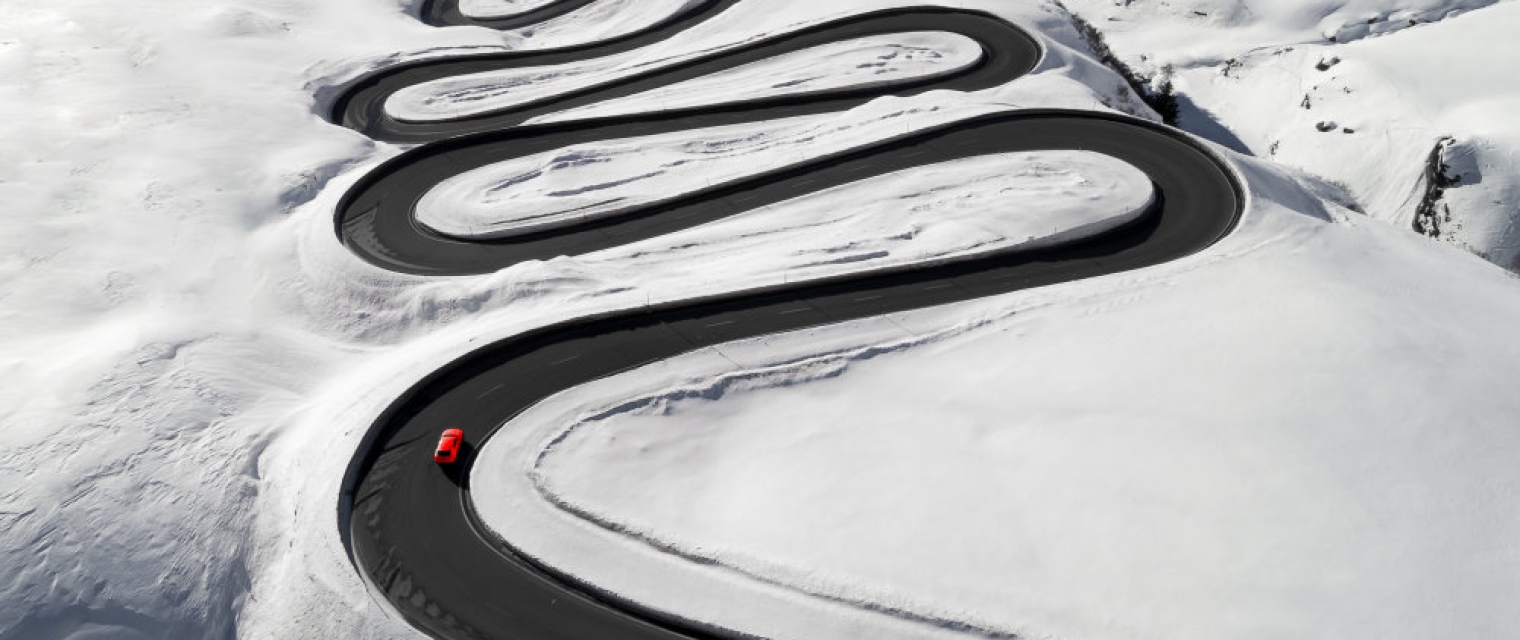Success story
GEOSS for Disasters in Urban Environment

Profile
This pilot application will exploit the new capacities for designing and delivering innovative services for extreme-scale hydro-meteorological modelling, using Copernicus data and core services directly ingested through the Copernicus Open Access Hub APIS, and the DIAS platform, as well as citizen scientists data, to enable more precise predictions and decision-making support for high impact weather events in urban and peri urban environment.

Proposal
Contributing to the Disaster Resilience SBA, one of the main activities listed in the GEO Space and Security Community Activity is to get maximum benefit from the use of large and heterogeneous datasets to potentially fill in the observational and capability gaps at EU decision making level. To this end, the application proposes also the integration of the datasets and tools made available in the frame of the pilot application (weather, citizen science, hydrological and fire models, RASOR platform, Change Detection Maps based on Sentinel-1 and the BEYOND (www.beyond-eocenter.eu) platform – FIREHUB and FloodHub - in synergy with partner NOA and the pilot for resilient ecosystems) for the assessment of impact of natural hazards over areas of interest with regard to human security issues.

Benefits
- Making use of the existing in situ infrastructure
- Creating an enhanced solution for hydro-meteorological forecasting
- Generation of updated Land Use Land Cover (LULC) and LULC Change Detection Maps over hazard-prone or vulnerable Areas of Interest







